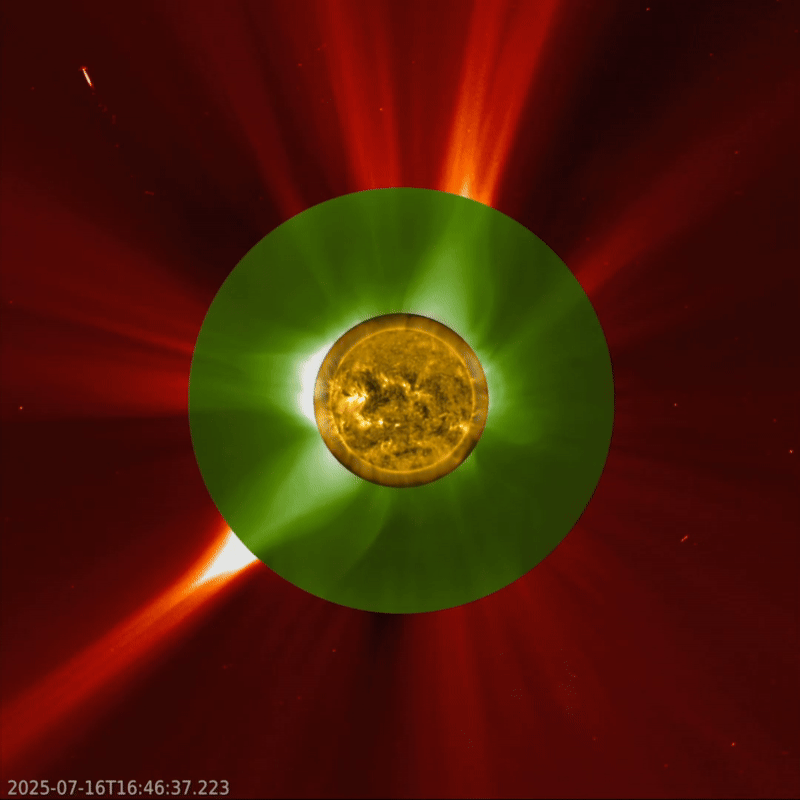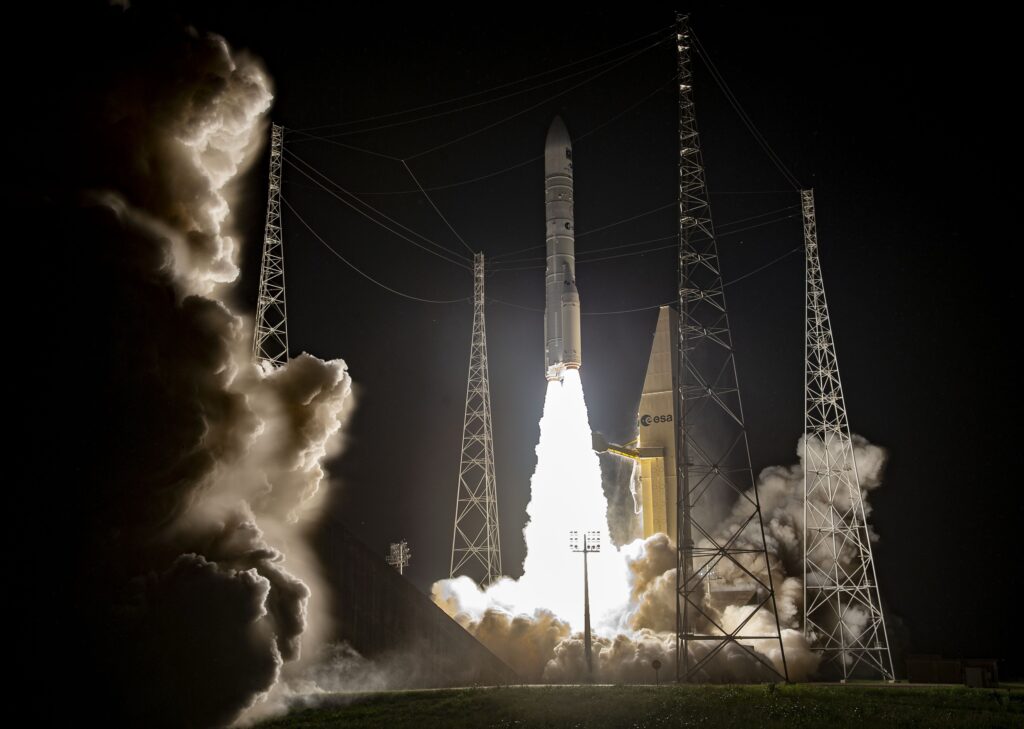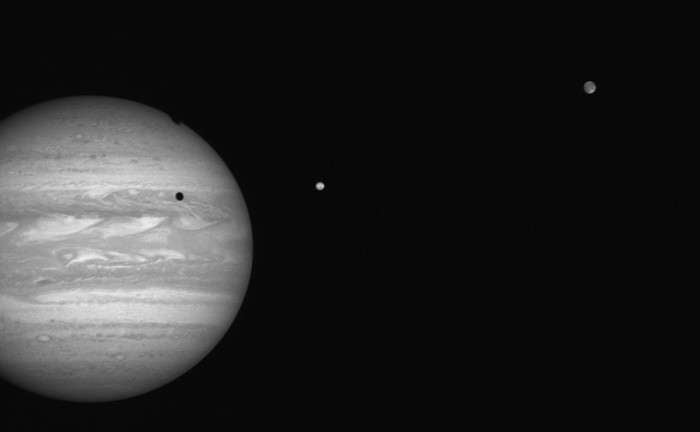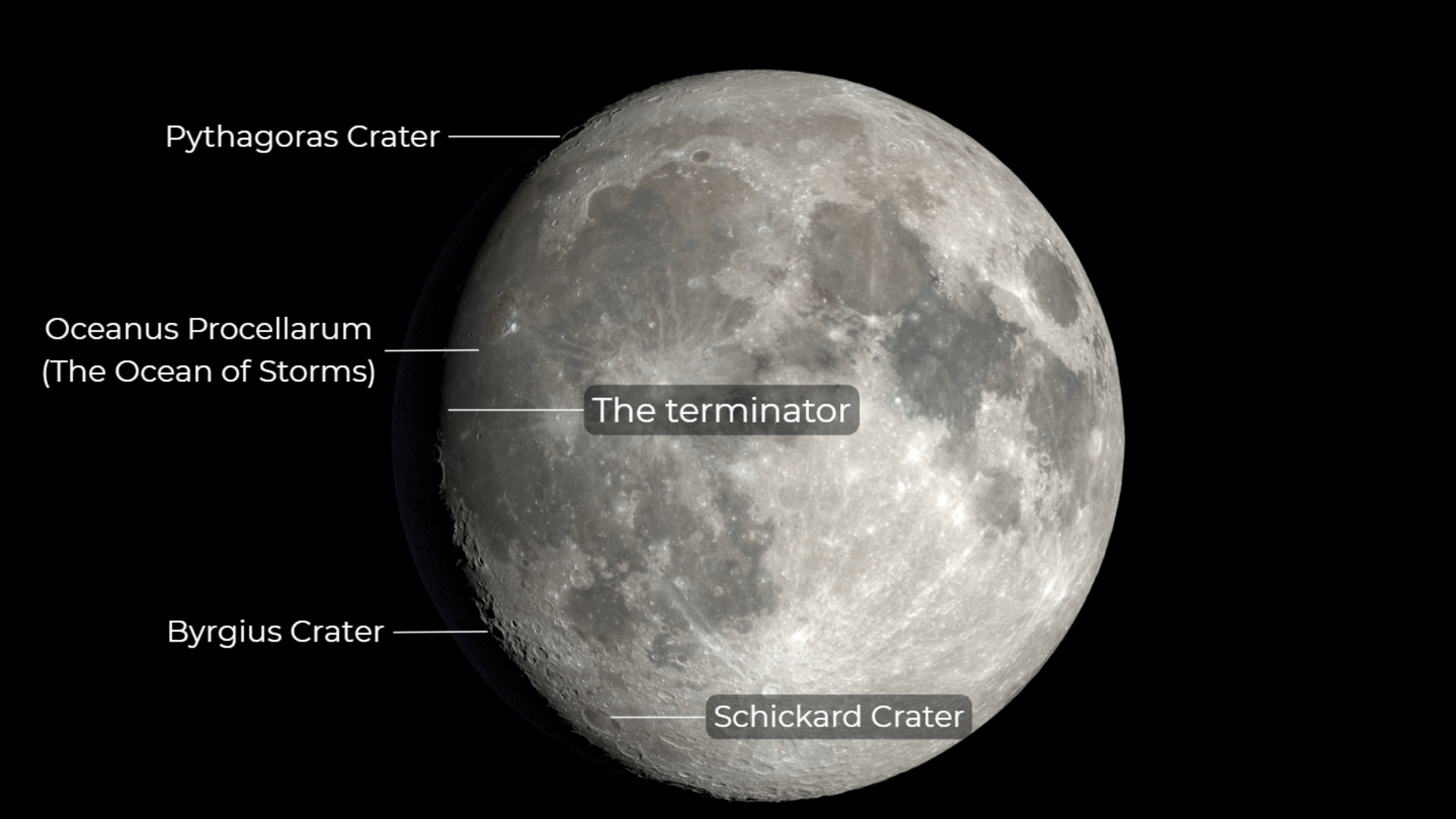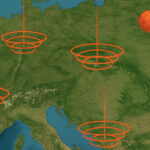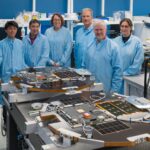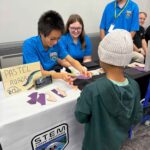Now Reading: ESA inaugurates deep space antenna in Australia
-
01
ESA inaugurates deep space antenna in Australia
ESA inaugurates deep space antenna in Australia
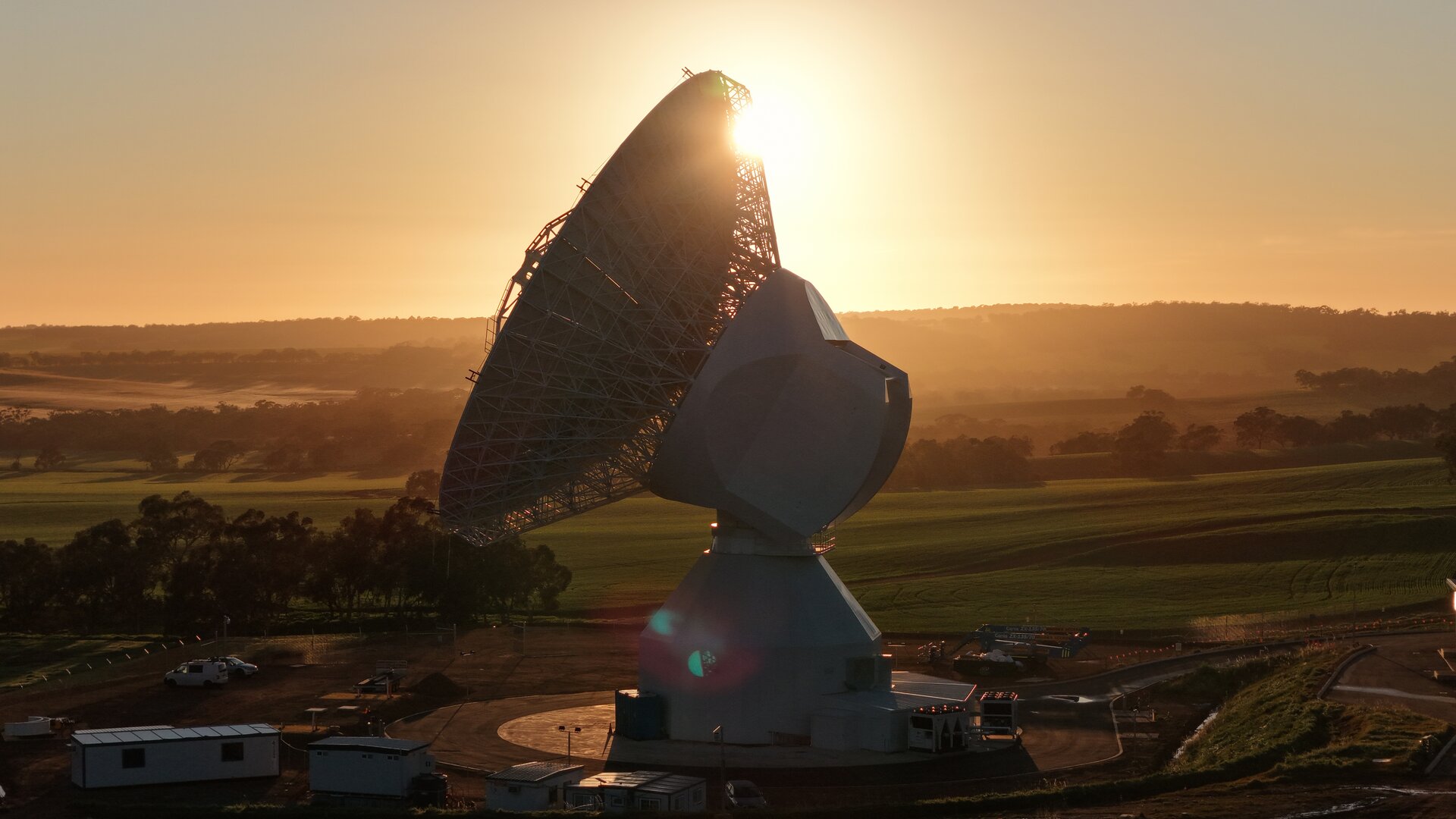

04/10/2025
855 views
20 likes
The European Space Agency (ESA) has expanded its capability to communicate with scientific, exploration and space safety missions across our Solar System with the inauguration of a new 35-m diameter deep space antenna – the fourth for Estrack, ESA’s deep space tracking network.
Located in New Norcia, about 115 km north of Perth, Western Australia, the ‘New Norcia 3’ antenna will help meet the agency’s fast-increasing data download needs and secure Europe’s independence and leadership in space.
Speaking at the inauguration on 4 October, Josef Aschbacher, Director General of ESA, said: “This strategic investment reinforces ESA’s deep-space communication capabilities and maximises the return of our missions’ most valuable asset: data delivered from spacecraft voyaging far from Earth. New and exciting opportunities between the European and Australian space sectors are opening up with Australia announcing this week a mandate to begin negotiations on a cooperative agreement with ESA.”
Started in 2021 and delivered on schedule, this construction is the result of the outstanding capabilities of ESA, European and Australian industry, and excellent cooperation with our Australian partners. When the new deep space antenna enters service in 2026, it will support ESA’s current flagship missions flown as part of the agency’s scientific, exploration and space safety fleets, including Juice, Solar Orbiter, BepiColombo, Mars Express and Hera, and will be a critical enabler for upcoming missions including Plato, Envision, Ariel, Ramses and Vigil.
The new antenna, as part of the Estrack network, will also serve ESA’s efforts towards international collaboration. As part of mutual cross-support arrangements with the agency’s partners, the new antenna can support other space agencies such as NASA, Japan’s JAXA, and India’s ISRO as well as commercial space missions, boosting science return and operational efficiency for all parties involved.
ESA’s fourth deep space antenna, the second one on the site at New Norcia, is the most technologically sophisticated antenna to date. It incorporates advanced deep space communication capabilities, including components cryogenically cooled to around -263°C, near absolute zero. This sensitivity allows it to detect extremely weak signals from distant spacecraft and to maximise data return. For transmission, a 20kW radio-frequency amplifier enables transmission of commands to spacecraft millions and even billions of kilometres away from Earth. The antenna also features advanced clock and timing systems and world-class radio frequency communication tools and techniques to support deep space communication.
A symbol of ESA partnership with Australia
Opened in 2003, ESA’s Estrack station at New Norcia, Western Australia, demonstrates ESA’s strong engagement in the Asia-Pacific region and especially Australia, part of the long-term cooperation between ESA and Australia in the space domain. It enables significant economic, technological and scientific benefits for both partners, and will pave the way for further collaboration in areas such as communications, space safety and mission operations.
Enrico Palermo, Head of the Australian Space Agency, ASA, said: “Australia is well known as a trusted, experienced and capable operator in deep-space communications. This investment by ESA and the Australian Government will unlock millions of dollars in local economic value as well as employment over the projected lifetime of 50 years.”
“It’s another chapter in the story of Australian and European partnership in space, which we will grow further as we begin to negotiate a new Cooperation Agreement between Australia and ESA,” he added.
The inauguration ceremony was led by ESA Director General Josef Aschbacher alongside Enrico Palermo, Head of the Australian Space Agency, and Rolf Densing, ESA Director of Operations, together with Stephen Dawson, the Western Australia Minister for Regional Development, Ports, Science and Innovation, Medical Research and the Kimberley, with Sabine Winton, Western Australia Minister for Education, Early Childhood, Preventative Health and the Wheatbelt, in attendance.
The new antenna has an estimated construction cost of EUR 62.3 million, covering antenna procurement and construction as well as upgrades to station buildings and services, with a contribution of EUR 3 million from the Australian Space Agency allocated to the evolution of the New Norcia Station.
Construction was led by European industry, with Thales Alenia Space (France) and Schwartz Hautmont Construcciones Metálicas (Spain) as co-prime contractors. A significant portion of the budget was spent in Australia with the involvement of several Australian companies including TIAM Solutions, Thales Australia, Fredon and Westforce Construction.
“This new deep-space antenna is a cornerstone for European and Australian space industries,” said Hervé Derrey, CEO of Thales Alenia Space. “Its inauguration demonstrates our capacity to build strategic, world-class space infrastructure anywhere. It required implementing advanced technologies and shows we are able to deliver the mission operations infrastructure that enables European scientists to go where they wish to explore. Alongside Schwartz Hautmont and mtex antenna technology, we are very proud of this first major success for the E-DSA² consortium.”
A new antenna at ESA’s New Norcia ground station
New Norcia provides a strategic geographical position allowing around-the-clock coverage for deep space missions, with a perfect complement to ESA’s stations in Malargüe (Argentina) and Cebreros (Spain). Once the new addition is made operational, New Norcia will become ESA’s first ground station equipped with two deep space antennas.
ESA’s ground station and antennas in New Norcia are locally operated by CSIRO, Australia’s national science agency. CSIRO similarly operates NASA’s deep space communication complex located at Tidbinbilla near Canberra.
Western Australia is also the location over which payloads launching from Europe’s Spaceport in Kourou, French Guiana, separate from their launcher. Located a few hundred metres from the deep space antennas, a smaller, more agile 4.5-metre antenna tracks Vega-C and Ariane 6 rockets and acquires critical telemetry used to monitor the in-flight status of those launch vehicles.
The station also hosts a custom-built transponder antenna to calibrate the measurements of ESA’s Biomass mission, launched in 2025. The Biomass Calibration Transponder will be visited a couple of times per year by the satellite over the course of its five-year survey of Earth’s forests.
ESA respectfully acknowledges the Traditional Owners and Custodians of the lands on which we operate, the Yued people of the Noongar nation. We pay our respects to Elders past, present and emerging and acknowledge their continuing connection to this Country, land and community.
Stay Informed With the Latest & Most Important News
Previous Post
Next Post
-
 01From Polymerization-Enabled Folding and Assembly to Chemical Evolution: Key Processes for Emergence of Functional Polymers in the Origin of Life
01From Polymerization-Enabled Folding and Assembly to Chemical Evolution: Key Processes for Emergence of Functional Polymers in the Origin of Life -
 02Panasonic Leica Summilux DG 15mm f/1.7 ASPH review
02Panasonic Leica Summilux DG 15mm f/1.7 ASPH review -
 03How New NASA, India Earth Satellite NISAR Will See Earth
03How New NASA, India Earth Satellite NISAR Will See Earth -
 04And Thus Begins A New Year For Life On Earth
04And Thus Begins A New Year For Life On Earth -
 05Astronomy Activation Ambassadors: A New Era
05Astronomy Activation Ambassadors: A New Era -
06SpaceX launch surge helps set new global launch record in 2024
-
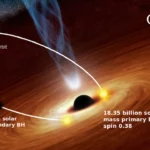 07Two Black Holes Observed Circling Each Other for the First Time
07Two Black Holes Observed Circling Each Other for the First Time













